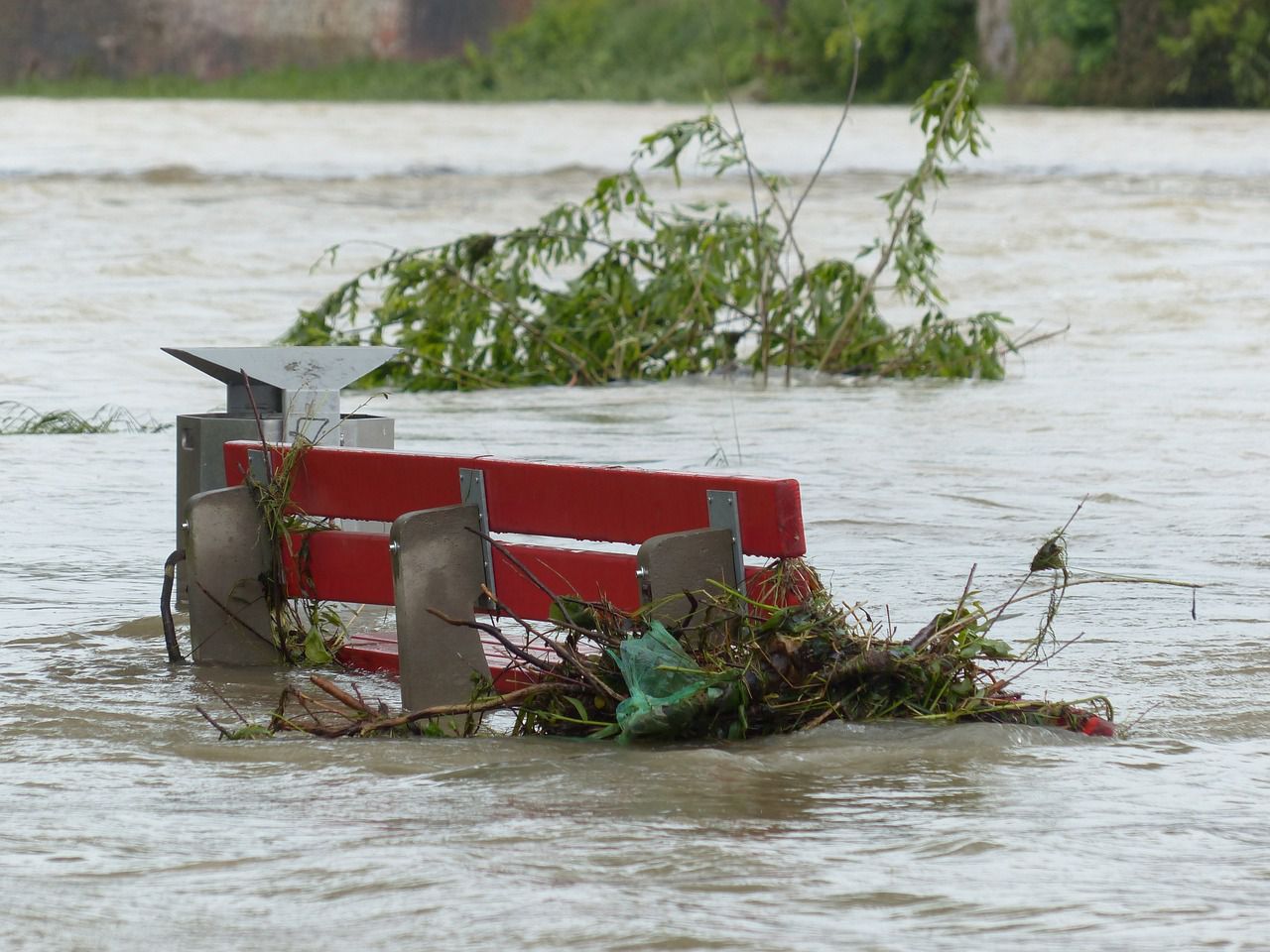Droughts might be pretty damaging for your garden, but floods can be even worse.
Saving your garden during flooding requires quick action and thoughtful strategies to minimize damage and promote recovery.
Here's how to protect your garden when faced with flooding.
Create Drainage Paths
Dig shallow trenches or channels to direct excess water away from your garden.
This can help prevent pooling and minimize soil erosion.

Use Raised Beds
If possible, plant in raised beds or mounds.
Raised beds provide better drainage and can help keep plants above floodwaters.
Move Potted Plants
If you have large potted plants that are prone to tipping over, consider moving them to a more sheltered area or indoors temporarily.
Divert Water
Use sandbags, rocks, or other barriers to divert floodwater away from garden beds.
Create temporary barriers to guide water toward drainage paths.
Monitor Drainage Systems
Check and maintain existing drainage systems, such as gutters and downspouts.
Clear any blockages to ensure water flows away from your garden.
Prepare for Transplanting
If heavy flooding is expected, consider temporarily transplanting delicate plants to pots or other safe areas until the floodwaters recede.
Rehabilitate After Flooding
Once the floodwaters have subsided, assess the damage to your garden.
Gently remove silt and debris, replenish soil nutrients, and replant or propagate as needed.









